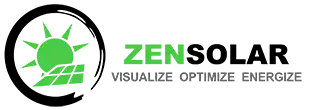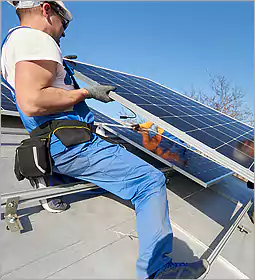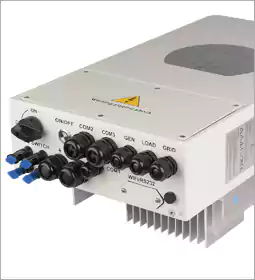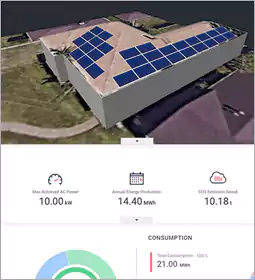Solar Backup Power Batteries
A battery is a battery is a battery. Not true. And in the case of solar backup power, this is one of the greatest differentiators and one that affects powerformance, lifespan, ROI, longevity, and ultimately your initial investment cost.
The Primary Role Batteries Play
Briefly, Solar Batteries store power, either solar power produced from your solar panels or grid-supplied (from Eskom) power so that you have electricity supply when it is night time or when the grid fails - as in load shedding or a power blackout.
However, solar batteries do not work on their own. They need other equipment to manage the charge and discharge rate, manage the overall health of your battery bank and convert DC stored power to AC power which we need to run our appliances.
You will typically use a solar battery in one of two instances, namely a Solar Power Kit or a Load Shedding Kit.
The Types of Batteries Available
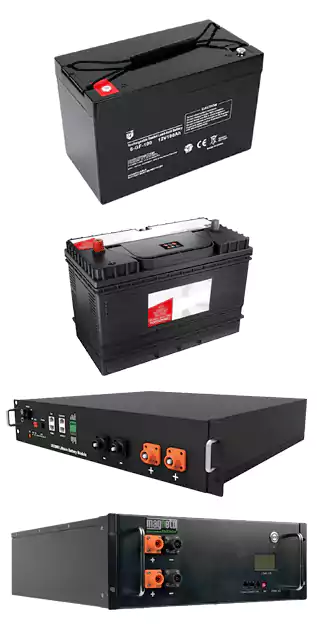
Depending on your requirements, where you are installing your solar system, and what you are prepared to invest, these are the four different batteries available for Solar installations:
Gel batteries should only be run to 50% depth of discharge. Beyond that point, you risk negatively affecting their lifespan. In contrast, lithium batteries can handle deep discharges of 80% or more. This essentially means they feature a higher usable capacity.
You will hear the term “Deep-Cycle”, what this refers to is the Depth Of Discharge. Deep-Cycle Solar Batteries are specifically designed to regularly discharge until it has used most of its capacity.
The depth of discharge will depend on the type of battery you choose.
DOD (Depth of Discharge) refers to how much of the battery can be used.
A typical Lead-Acid Battery will have a DOD of 50%. Whereas with the Lithium-ion Solar Batteries have a DOD of between 80-100%, this is important to understand when calculating your solar battery needs.
Load Shedding Kit
A Load Shedding Kit contains a Solar Inverter, a Battery Bank and peripherals like disconnect switches and wiring. There are no panels with a Load Shedding Kit. However, you can add panels later if you want to.
Solar Batteries store DC (Direct Current) power, but we use AC (Alternating Current) in our homes.
The inverter will convert the grid-supplied AC power to DC power when your battery is charging. And when using the power stored in your battery, the inverter will convert the DC power to usable AC power.
Solar Power Kit
As the name suggests, a Solar Power Kit contains a Solar Inverter, Battery Bank, Peripherals and Solar Panels.
Solar Power Kits supplement your usage with freely produced solar power during the day and supply power during load shedding because you have a battery bank.
More often than not, your Solar Panels will charge your battery bank during the day so that you can use the stored solar power in the evenings and during grid failure.
Solar Power Kits will save you money on electricity where Load Shedding Kits will not.
